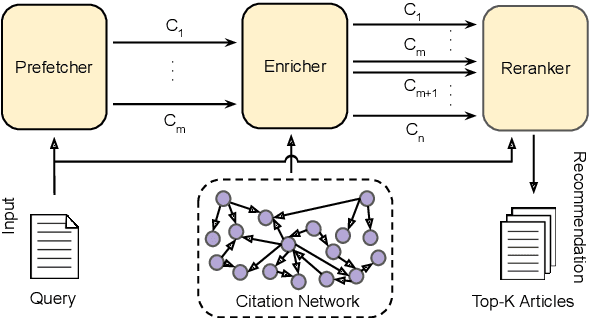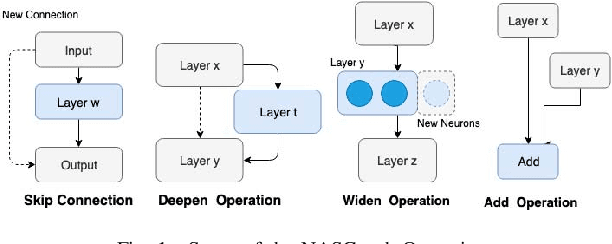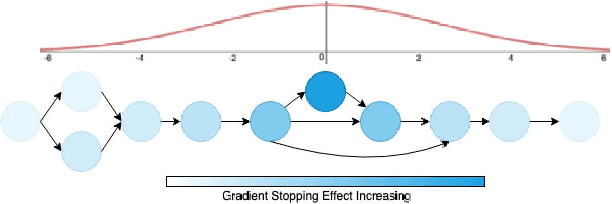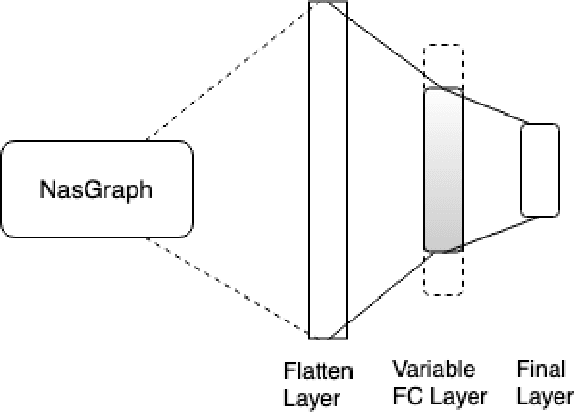Karan Goyal
SymTax: Symbiotic Relationship and Taxonomy Fusion for Effective Citation Recommendation
May 26, 2024



Abstract:Citing pertinent literature is pivotal to writing and reviewing a scientific document. Existing techniques mainly focus on the local context or the global context for recommending citations but fail to consider the actual human citation behaviour. We propose SymTax, a three-stage recommendation architecture that considers both the local and the global context, and additionally the taxonomical representations of query-candidate tuples and the Symbiosis prevailing amongst them. SymTax learns to embed the infused taxonomies in the hyperbolic space and uses hyperbolic separation as a latent feature to compute query-candidate similarity. We build a novel and large dataset ArSyTa containing 8.27 million citation contexts and describe the creation process in detail. We conduct extensive experiments and ablation studies to demonstrate the effectiveness and design choice of each module in our framework. Also, combinatorial analysis from our experiments shed light on the choice of language models (LMs) and fusion embedding, and the inclusion of section heading as a signal. Our proposed module that captures the symbiotic relationship solely leads to performance gains of 26.66% and 39.25% in Recall@5 w.r.t. SOTA on ACL-200 and RefSeer datasets, respectively. The complete framework yields a gain of 22.56% in Recall@5 wrt SOTA on our proposed dataset. The code and dataset are available at https://github.com/goyalkaraniit/SymTax
A Novel Framework for Neural Architecture Search in the Hill Climbing Domain
Feb 22, 2021



Abstract:Neural networks have now long been used for solving complex problems of image domain, yet designing the same needs manual expertise. Furthermore, techniques for automatically generating a suitable deep learning architecture for a given dataset have frequently made use of reinforcement learning and evolutionary methods which take extensive computational resources and time. We propose a new framework for neural architecture search based on a hill-climbing procedure using morphism operators that makes use of a novel gradient update scheme. The update is based on the aging of neural network layers and results in the reduction in the overall training time. This technique can search in a broader search space which subsequently yields competitive results. We achieve a 4.96% error rate on the CIFAR-10 dataset in 19.4 hours of a single GPU training.
 Add to Chrome
Add to Chrome Add to Firefox
Add to Firefox Add to Edge
Add to Edge